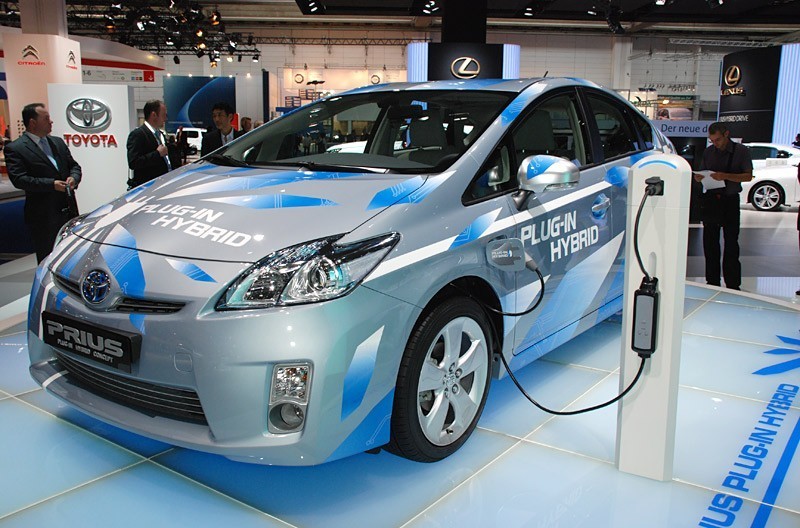


EVs now represent about 2% of total global vehicle sales and will be about 24% of total sales by 2030, it forecast.īiden has called for $174 billion in government spending to boost EVs, including $100 billion in consumer incentives. to build consumer demand."Ĭonsulting firm AlixPartners in June said investments in EVs by 2025 could total $330 billion. regulators plan to propose revising former President Donald Trump's March 2020 rollback of fuel economy standards to a 1.5% annual increase in efficiency through 2026.īiden's proposed rules, which cover 2023-2026, are expected to be similar in overall vehicle emissions reductions to California's 2019 deal with some automakers aiming to improve fuel economy 3.7% annually through 2026, sources told Reuters.īMW (BMWG.DE), Honda (7267.T), Volkswagen (VOWG_p.DE), Ford and Volvo Cars (0175.HK) - which previously struck the California deal - said in a joint statement they support the administration's EV goal but the federal government must take "bold action. Toyota (7203.T) in a statement called the goal "great for the environment" and said it would "do our part." Hyundai (005380.KS) said it supports the 2030 40-50% EV sales goal, while Nissan said it has a target that more than 40% of its U.S. The Detroit 3 automakers said the aggressive EV sales goals can only be met with billions of dollars in government incentives including consumer subsidies, EV charging networks as well as "investments in R&D, and incentives to expand the electric vehicle manufacturing and supply chains in the United States."

Tesla Inc (TSLA.O) CEO Elon Musk, whose company makes EVs, tweeted early on Thursday: "Seems odd that Tesla wasn’t invited."Īsked whether the White House did not invite Musk because Tesla is not a union shop, White House press secretary Jen Psaki said: "I'll let you draw your own conclusion." General Motors Chief Executive Mary Barra and Ford CEO Jim Farley were among those in attendance. “Voluntary pledges from auto companies make a New Year’s resolution to lose weight look like a legally binding contract,” he said. The executive order sets a schedule for developing new emissions standards through at least 2030 for light-duty vehicles and as early as 2027 for larger vehicles.ĭan Becker, director of the Safe Climate Transport Campaign, criticized the plan.


 0 kommentar(er)
0 kommentar(er)
